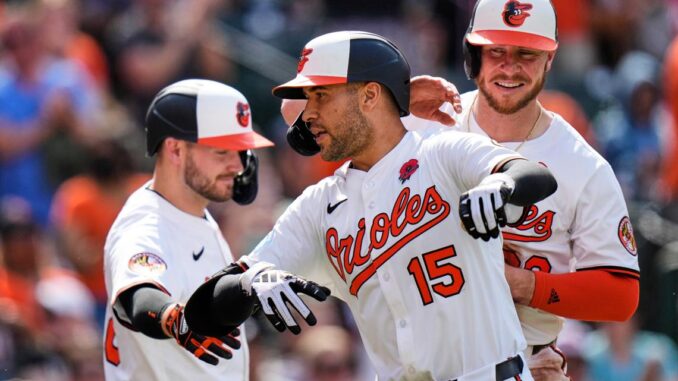
Major League Baseball careers can take twists and turns, especially for players who are not everyday starters but instead serve as versatile utility pieces. That reality has become a dominant theme in the professional journey of Dylan Carlson, an infielder/outfielder whose ability to switch-hit and play multiple defensive positions once made him one of the most intriguing young players within the St. Louis Cardinals organization.
As he heads into the next chapter of his career, Carlson will be preparing to put on the uniform of a third MLB team, marking another transition point in what has been a winding path through professional baseball.
According to the official transaction log maintained by CBS Sports, Carlson recently declined an assignment to the minor leagues. When a player refuses an outright assignment—an option teams occasionally exercise when they want to remove someone from their 40-man roster—the result is that the player becomes a free agent.

By choosing this route, Carlson has once again placed himself on the open market, making this the second time in his career that he will have unrestricted access to free agency. Any MLB club is now free to negotiate with him.
Read More: Braves officially make no-brainer move cut ties with top infielder
Carlson’s journey began with high expectations. The Cardinals selected him in the first round of the 2016 MLB Draft, viewing him as a multi-position asset with the potential to become a long-term contributor. After climbing through the Cardinals’ farm system, Carlson eventually reached the majors and spent four and a half seasons with St. Louis.
During that stretch, he appeared in a steady role and produced moderately solid, though not superstar-caliber, results. Across his time with the Cardinals, he recorded a batting line of .239/.318/.381. For fans less familiar with baseball analytics, that line represents his batting average, on-base percentage, and slugging percentage.

He hit 34 home runs during his tenure there, and advanced statistics graded him as slightly below league average offensively, reflected in his OPS+ score of 95. OPS+ is adjusted for factors such as ballpark and era, with 100 representing the league average.
While his overall numbers with St. Louis were steady rather than eye-catching, Carlson enjoyed a breakout season in 2021, a year that temporarily validated the belief that he might develop into a long-term cornerstone. That season, he posted a .266 batting average and launched 18 home runs—still the highest home run total of his career.
His performance did not go unnoticed, either. Carlson earned enough votes to finish third in National League Rookie of the Year voting, signaling that the league saw him as an emerging young talent. He appeared poised to solidify himself as a fixture in St. Louis, someone who could be relied upon both in the outfield and on the infield as needed.

However, baseball careers rarely move in a straight line. Injuries, inconsistencies, changes in coaching direction, or the emergence of younger players can shift a player’s standing in an organization. For Carlson, injuries and fluctuating performance gradually reduced his playing time.
Read More: Mariners land Tigers’ Tarik Skubal in 7-player blockbuster trade proposals
By the midpoint of the 2024 season, the Cardinals made the decision to trade him to the Tampa Bay Rays. Transitions can be difficult for any athlete, but they can be particularly challenging when a player is attempting to regain form after a period of inconsistency.
With the Rays, Carlson struggled to establish momentum at the plate. Over the course of 114 at-bats, he produced a .219 batting average and recorded just three home runs. Tampa Bay is known for maximizing utility players and extracting value from unconventional contributors, but Carlson never fully clicked with the organization.

Despite the Rays’ reputation for developing players in unique roles, his time with them proved brief and unremarkable. The change of scenery failed to reignite his offensive potential.
After going through an entire season of being moved around—first from St. Louis to Tampa Bay and then adjusting to the Rays’ system—Carlson entered free agency for the first time during the following offseason. The Baltimore Orioles eventually signed him to a one-year deal worth $975,000 for the 2025 season. For Carlson, this contract represented an opportunity not only to play for a competitive, up-and-coming franchise but also to show he could still contribute at the major league level.
Unfortunately, the 2025 campaign only intensified the frustrations that had followed him since his strong rookie season. The switch-hitting utilityman appeared in just 83 games while wearing an Orioles uniform.
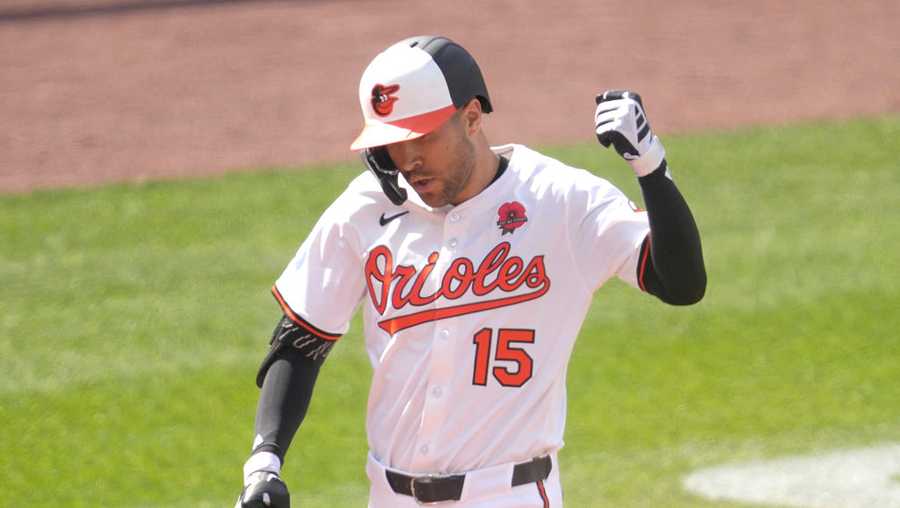
A combination of recurring injuries and persistent struggles at the plate prevented him from carving out a consistent place in Baltimore’s lineup. Across those 83 games, he produced a disappointing slash line of .203/.278/.336. His power numbers also dipped, as he managed only six home runs throughout the season—far below what the Orioles hoped for when they brought him aboard.
For someone whose value has always been tied to his versatility and offensive capability, the inability to remain healthy became a significant concern. Not only did Carlson face challenges producing at the plate, but he also battled difficulty staying on the field. A player cannot showcase improvement if availability is an issue, and Carlson spent long stretches either limited or sidelined completely due to various injuries.
Read More: Mets Blockbuster Trade Proposal Brings $500M Ace to Queens
In modern baseball, teams expect non-superstar players—especially utility players—to provide consistent production, versatility, and durability. When a player struggles simultaneously in performance and in staying healthy, organizations face tough decisions. Baltimore eventually removed Carlson from their 40-man roster. When they attempted to assign him to a minor league affiliate, Carlson exercised his right to refuse the assignment, opting instead to become a free agent once again.

This move gives him freedom, but it also creates uncertainty. The free agent market can be unpredictable for players whose recent seasons have been marked by inconsistency. However, the very traits that brought Carlson into the league—his ability to hit from both sides of the plate and play multiple defensive positions—are also qualities that tend to keep players employed. MLB rosters always need depth. Teams seek players who can seamlessly transition between roles, cover for injured starters, and offer strategic flexibility during long seasons.
While Carlson’s numbers over the past two years do not command attention, he still possesses experience, adaptability, and the potential for resurgence. Organizations with limited payroll flexibility, rebuilding clubs looking to buy low on undervalued players, or contenders seeking bench reinforcement could all potentially express interest. Switch-hitters, in particular, hold value because they allow a manager to customize matchups against right- and left-handed pitchers.
It is worth remembering that professional baseball is full of comeback stories. Sometimes, players regain confidence simply by landing in the right environment—one where they are given consistent at-bats, a defined role, or coaching that aligns better with their needs.

Carlson has shown in the past that he can contribute offensively when healthy, and he has demonstrated defensive flexibility, having logged innings at multiple positions throughout his career. Even though recent seasons have been difficult, his résumé proves that he has competed—and succeeded—at the highest level.
Read More: Ha-Seong Kim sign $16 million one-year deal with the Braves
Looking forward, Carlson enters an important crossroads. At 26 years old (depending on the exact point of reference), he is still relatively young compared to many free agents who struggle to find new teams. His age is an asset, indicating that his prime years might still be ahead of him if health and stability return. Additionally, front offices frequently sign players like Carlson to minor league contracts with invitations to spring training. Such deals provide low risk for the club and offer players the opportunity to earn a roster spot through performance.
From the Cardinals to the Rays to the Orioles, Carlson’s career has become a testament to both the difficulty and unpredictability of maintaining a place in Major League Baseball. Whether he ultimately becomes a regular starter again or continues serving as a reserve, his skill set ensures that he will be on the radar of teams in the market for a flexible player.
Even though the last two years have likely been frustrating from a personal standpoint, Carlson’s story is far from over. With free agency once again in front of him, he has an opportunity to reset, regroup, and potentially rediscover what once made him one of the league’s promising young talents. In baseball, all it takes is the right fit and the right moment for a career to shift.
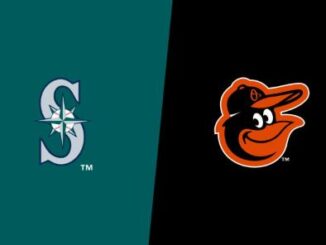
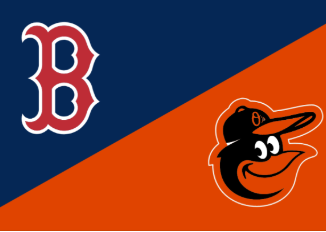
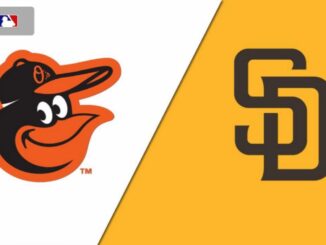
Be the first to comment